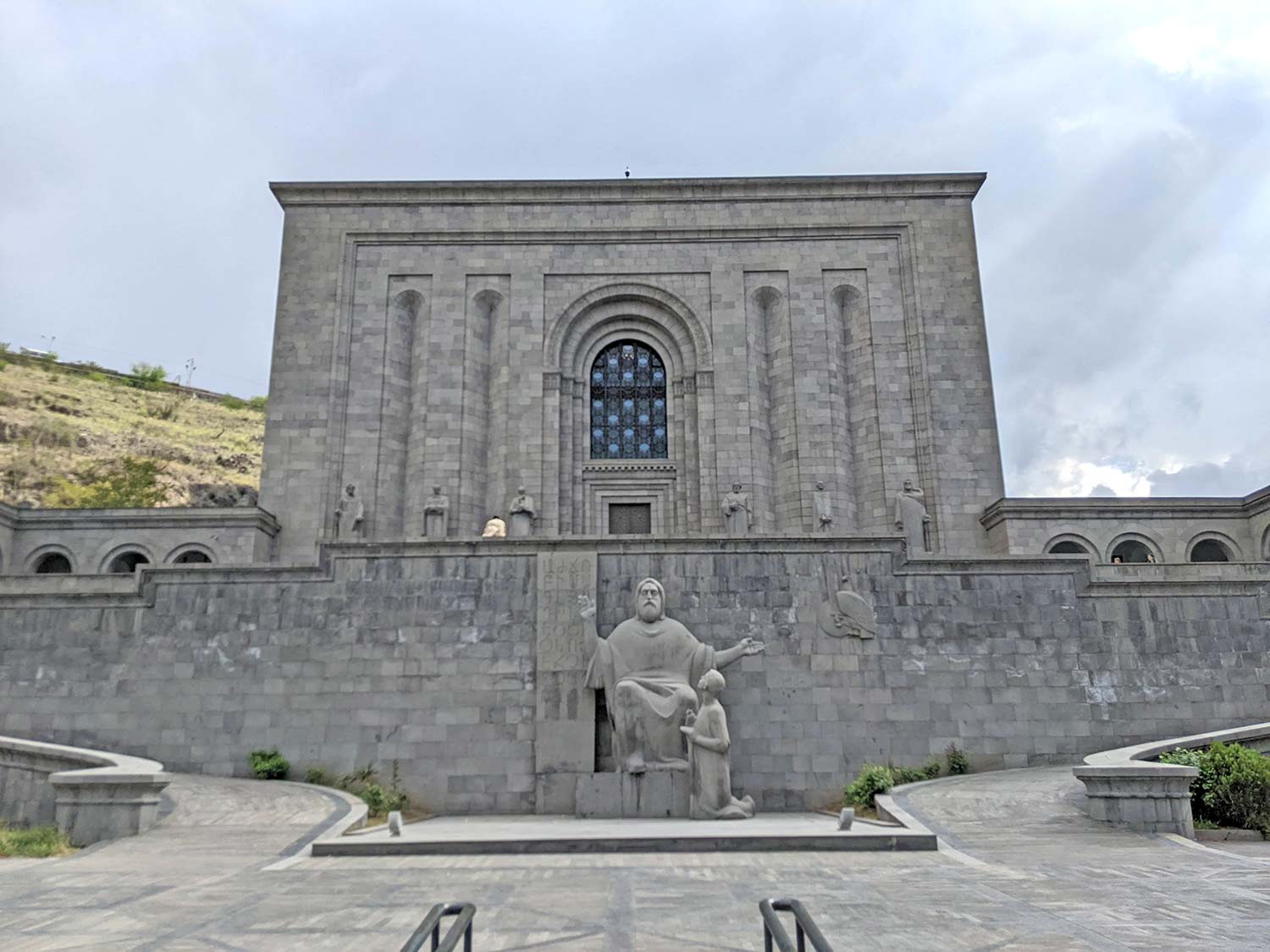The Matenadaran, officially known as the Mesrop Mashtots Institute of Ancient Manuscripts, is a museum, research institute, and repository located in Yerevan, Armenia. The word “Matenadaran” means “holder of manuscripts,” or “manuscript collector”. The Matenadaran houses one of the world’s largest and richest collections of ancient manuscripts, spanning various fields like history, philosophy, medicine, literature, art history, and cosmography. Founded in 1959, the institution is named after Mesrop Mashtots, the creator of the Armenian alphabet.
Matenadaran’s collection features over 17,000 manuscripts, 450,000 archival documents, and 3,000 ancient printed books. It includes works in Armenian, as well as other languages like Greek, Latin, Aramaic, Hebrew, Arabic, and many others. The collection holds numerous valuable and rare items, such as the 5th-century “Etchmiadzin Gospel” and the 7th-century “Mugni Gospels.”
Apart from preserving and studying these invaluable texts, the Matenadaran also serves as a center for research in the fields of Armenian studies, manuscript preservation, and restoration. The institution conducts scientific research, educational programs, and international collaborations, while also serving as a tourist attraction in Yerevan.




